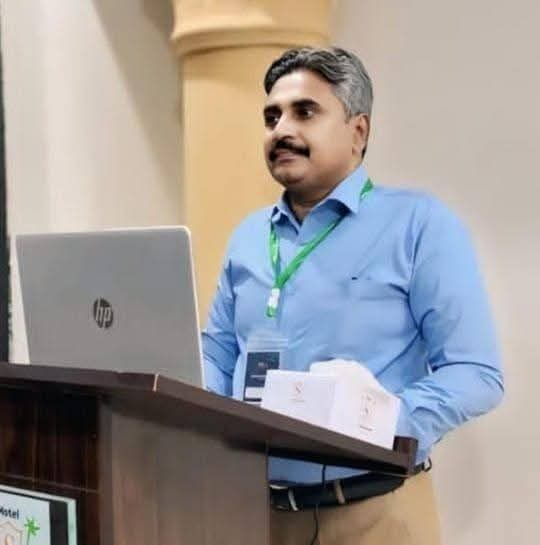
By
Sajid Mahmood
By Sajid Mahmood
In every developed cotton-producing country, research and development has remained under the stewardship of the state. Global experience shows that even where public and private partnerships exist, the private sector largely plays a complementary role while the foundation of progress rests on government-led research institutions. Internationally, textile industries often strengthen this framework by working with farmers through models such as cluster farming, which has not only enhanced productivity but also restored farmer confidence.
For Pakistan, strengthening collaboration between research institutions, the textile industry, and farmers is indispensable. A unified approach can significantly improve both yields and quality, ensuring that cotton retains its position as the backbone of the textile economy.
Past attempts highlight important lessons. The textile sector once launched initiatives such as the “Cotton Foundation” and later invested in the seed company “SANIFA”. Both ventures, however, could not deliver sustainable results, partly because research and development in agriculture require consistent, long-term commitment rather than short-lived experiments. Similarly, the discontinuation of the cotton cess, previously the main source of funding for the Pakistan Central Cotton Committee, underscores the importance of ensuring stable financial mechanisms for research bodies that serve the entire value chain.
Meanwhile, some local seed companies are making strides by introducing new varieties. Yet, the overall national decline in productivity remains a matter of concern. It is worth noting that cotton production reached its highest point in 2014 when public-sector research institutions were conducting uninterrupted research. By contrast, international biotech companies have yet to offer viable solutions. Monsanto’s seeds failed under Pakistan’s tough climate, and imported varieties from China and the United States were unable to withstand viral and environmental stresses. Experience confirms that global seed companies, driven by commercial interests, have not outperformed locally developed seeds.
Reliance on imported seed also carries the risk of introducing new pests and diseases. Even in major producers like China and the United States, cultivated areas and output are shrinking, showing that there is no universal solution for boosting production. Cotton challenges are unique to each region, and durable solutions must come from indigenous research tailored to local conditions.
The underlying constraints in Pakistan remain structural: low farm-gate prices, squeezed farmer profitability, and limited investment in research institutions. Comparative experience is instructive. In India, substantial subsidies on cotton create strong incentives for farmers. In Pakistan, the sugar industry has demonstrated how subsidized inputs can secure farmer confidence. If the textile industry follows a similar model, providing farmers with relief and supporting research bodies, cotton production can be stabilized and revived.
Despite global market fluctuations, cotton prices in Pakistan must remain competitive if farmers are to remain committed to the crop. While international seed companies have been invited to invest in Pakistan’s research ecosystem, no major breakthroughs have materialized, reaffirming that the long-term solution lies in strengthening local capacity.
Often, comparisons with India overlook the fact that Pakistan’s resources are closer to those of Cambodia, while expectations are set against China’s scale of production. Unless this gap between resources and expectations is addressed, the cotton sector will continue to face structural decline.
Ultimately, the foundation of revival rests on competitiveness. To achieve this, the textile industry and private seed companies must build parallel research systems that complement public-sector efforts, enabling the supply of diverse, high-quality seeds and establishing a sustainable research framework. Yet, at the core remains an undeniable fact: the sustainable and comprehensive revival of cotton in Pakistan is only possible under strong government patronage and effective management, because the challenges extend across the entire value chain, from seed to cloth.
